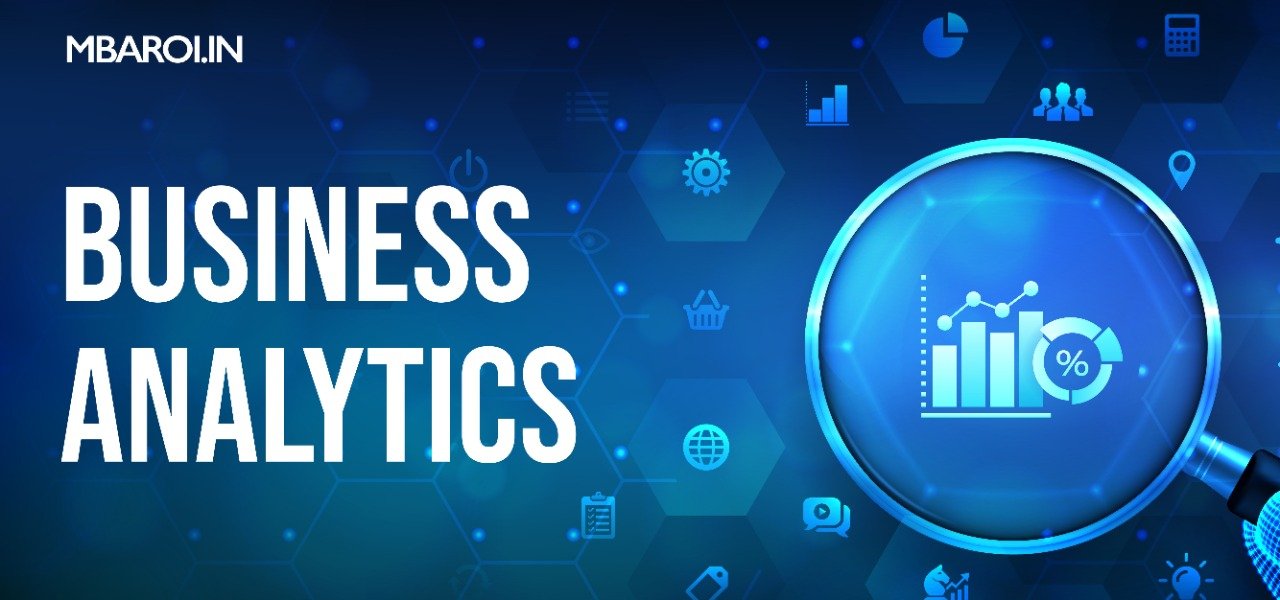Business Analytics: Driving Data-Driven Decisions for Modern Enterprises
Business Analytics (BA) is the practice of utilizing data, statistical methods, and analytical models to drive business decisions and strategies. In today’s data-driven world, organizations rely heavily on BA to gain insights, optimize processes, and remain competitive. By leveraging historical data and predictive techniques, business analytics helps companies enhance efficiency, improve decision-making, and discover new opportunities for growth.
Importance of Business Analytics:
With the explosion of data in the digital age, businesses are increasingly looking for ways to extract meaningful insights from the vast information available. Business analytics plays a critical role in converting raw data into actionable intelligence. Companies that effectively implement BA can:
- Improve Decision-Making: BA provides insights that enable leaders to make informed and data-backed decisions rather than relying on intuition or guesswork.
- Enhance Efficiency: Through process optimization and identifying inefficiencies, BA helps businesses streamline operations, reduce costs, and improve overall performance.
- Identify Market Trends: BA tools and techniques can be used to analyze market trends, customer preferences, and emerging opportunities, allowing companies to stay ahead of the competition.
- Mitigate Risks: By identifying patterns and anomalies in historical data, businesses can predict potential risks and implement proactive measures to mitigate them.
- Personalize Customer Experiences: Analyzing customer behavior and preferences allows businesses to tailor products and services, improving customer satisfaction and loyalty.
Types of Business Analytics:
Business analytics can be broadly categorized into four types, each offering a different level of insight:
- Descriptive Analytics: This form of analytics answers the question, “What happened?” by analyzing historical data to provide insights into past performance. For example, sales reports or customer demographics data help businesses understand previous trends and patterns.
- Diagnostic Analytics: Going a step further, diagnostic analytics answers, “Why did it happen?” By exploring correlations and uncovering root causes, this approach helps identify reasons behind certain business outcomes.
- Predictive Analytics: As the name suggests, predictive analytics focuses on forecasting future outcomes. Through techniques like machine learning, statistical models, and data mining, businesses can predict future trends, customer behaviors, and potential risks.
- Prescriptive Analytics: The most advanced form of business analytics, prescriptive analytics answers, “What should we do?” By analyzing past data and simulating possible future outcomes, it recommends actionable steps to optimize decision-making.
Tools and Technologies in Business Analytics:
The rapid advancement of technology has led to the development of various business analytics tools that simplify data analysis and decision-making processes. Popular tools include:
- Tableau: A data visualization tool that allows users to create interactive dashboards and reports, making it easier to communicate insights.
- Power BI: Microsoft’s powerful business intelligence tool used for data visualization and sharing insights across organizations.
- Python and R: Programming languages commonly used for statistical analysis, data modeling, and creating complex predictive models.
- SAS: A software suite designed for advanced analytics, including data management, predictive analysis, and decision-making.
Future of Business Analytics:
The future of business analytics is bright as organizations increasingly recognize the value of data-driven decision-making. Emerging trends like artificial intelligence (AI), machine learning, and big data are likely to shape the future of BA by providing more sophisticated and automated analysis. As more industries adopt BA, businesses will continue to unlock new opportunities for innovation, growth, and efficiency.
In conclusion, business analytics has become an indispensable tool for modern enterprises. By leveraging data to make informed decisions, companies can remain competitive in an increasingly complex and fast-paced business environment.










